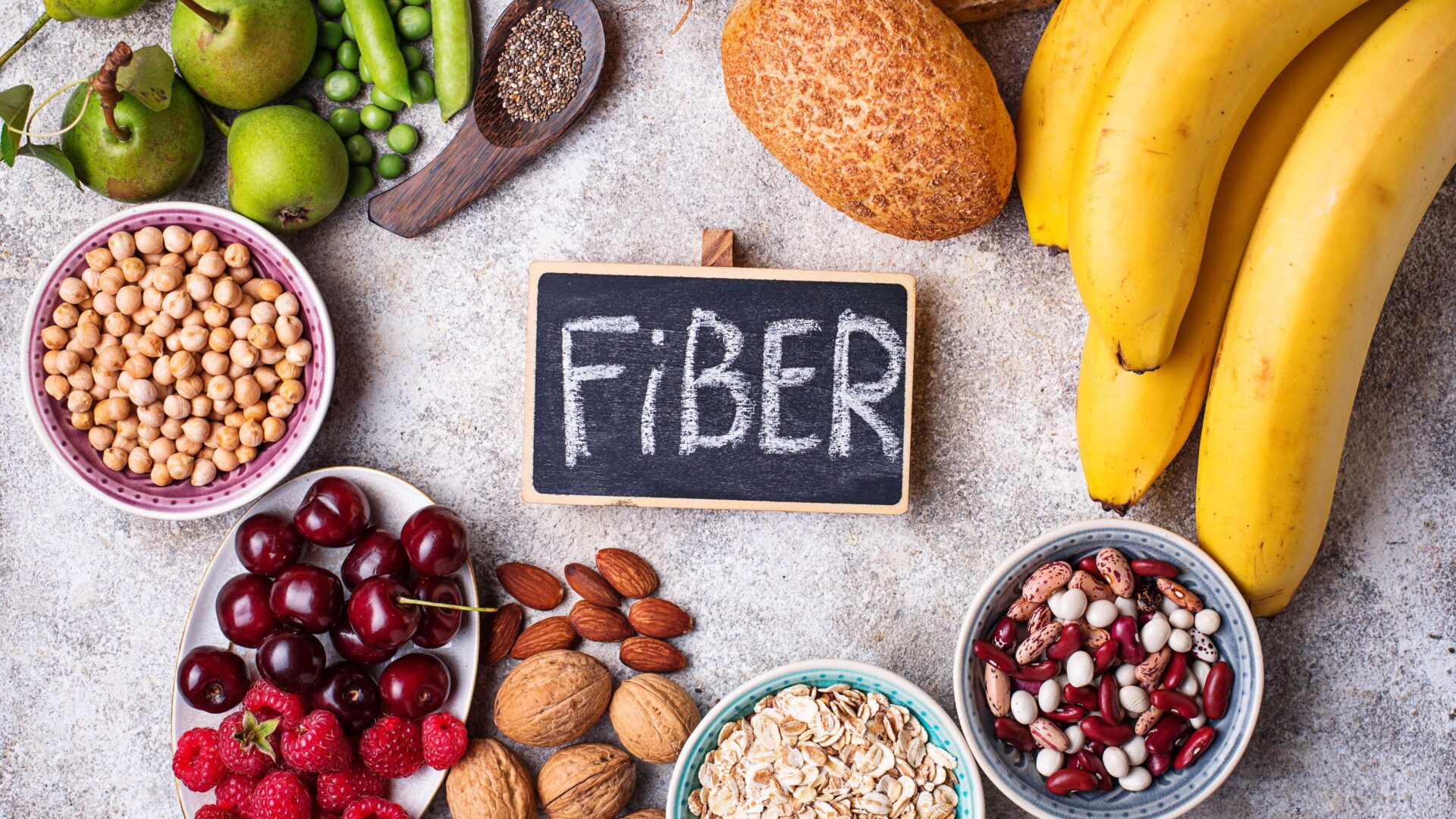

When it comes to nutrition, protein often gets the spotlight, carbs get debated, and fats get questioned—but fiber quietly does its job in the background, playing a crucial role in overall health and wellness.
Despite its importance, most Americans fall short of the daily recommended intake of fiber. The good news? A few simple adjustments to your diet can make a big difference. Let’s break down why fiber matters, what it does in the body, and how you can start eating more of it today.
Fiber is a type of carbohydrate, but unlike sugar or starch, your body can’t fully digest it. That might sound like a bad thing—but it’s actually why it’s so beneficial. Because fiber moves through your digestive system mostly intact, it helps regulate digestion, support gut health, and keep things moving… if you know what we mean.
There are two main types:
Both types are important, and most fiber-rich foods contain a combination of the two.
Supports Digestive Health
Fiber adds bulk to your stool and helps food move through your digestive tract more efficiently. It helps prevent constipation, bloating, and discomfort.
Regulates Blood Sugar
Soluble fiber slows the absorption of sugar, which can help prevent blood sugar spikes and crashes—especially important for those managing diabetes or insulin resistance.
Lowers Cholesterol
Soluble fiber binds to cholesterol particles in the digestive system and helps remove them from the body. This can contribute to better heart health and lower risk of cardiovascular disease.
Keeps You Fuller, Longer
Fiber adds volume to your meals without adding calories. It slows digestion and helps you feel satisfied, which can be helpful if you’re trying to lose or maintain weight.
Feeds Your Gut Microbiome
Certain fibers act as prebiotics, meaning they feed the beneficial bacteria in your gut. A healthy gut microbiome has been linked to everything from improved immune function to better mood.
The National Academy of Medicine gives the following daily fiber recommendations for adults:
But most people average only about 15 grams per day. That’s a big gap—but one that can be closed with a few simple changes.
Pro tip: Increase fiber gradually and drink plenty of water to avoid digestive discomfort.
Fiber may not be flashy, but its impact on your health is powerful. Whether you want to improve digestion, support heart health, or simply feel fuller throughout the day, adding more fiber to your meals is a smart move.
Small, consistent changes—like swapping white bread for whole grain, adding a handful of berries to your breakfast, or throwing beans into your salad—can help you reach your fiber goals and feel better in the process.
Fiber fuels your body from the inside out. Are you getting enough?